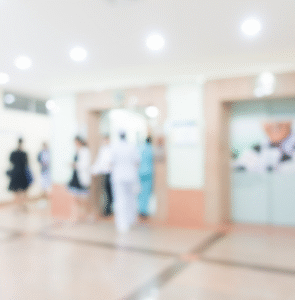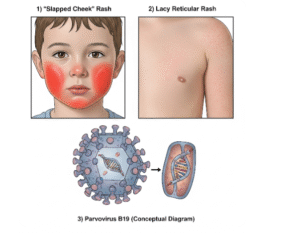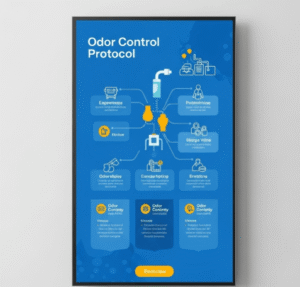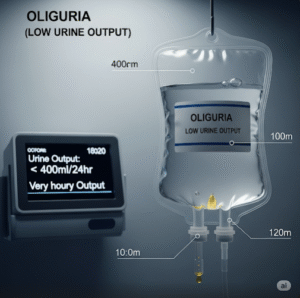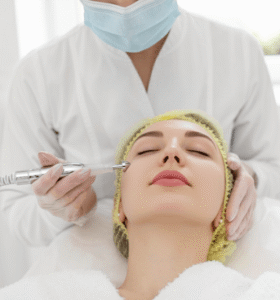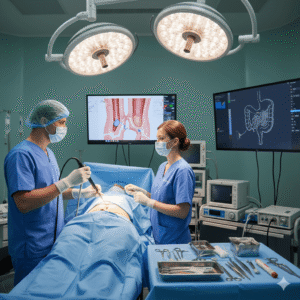Overview
Circumcision is a surgical procedure in which the foreskin of the penis is removed. This procedure is performed for medical, cultural, religious, or personal reasons. In medical cases, circumcision may be recommended to treat recurrent infections, phimosis, or hygiene issues.
In South Korea, circumcision is performed using modern surgical techniques under local or general anesthesia, ensuring safety, minimal discomfort, and fast recovery. Hospitals and clinics offer professional care for infants, children, and adults, with a focus on hygiene, precision, and optimal cosmetic results.
What is Circumcision?
Circumcision involves the surgical removal of the foreskin, the fold of skin covering the head (glans) of the penis.
Key types of circumcision include:
- Conventional circumcision: Traditional method using scalpel or scissors.
- Plastibell circumcision: Uses a plastic ring to remove the foreskin with minimal bleeding; commonly used in infants.
- Laser circumcision: Minimally invasive method using laser for precise removal and faster healing.
- Adult circumcision: Usually performed under local or general anesthesia with sutures for wound closure.
The procedure is quick, safe, and effective when performed by trained surgeons.
What are the Benefits?
Circumcision offers numerous health, hygiene, and personal benefits:
✔ Reduced risk of recurrent urinary tract infections (UTIs).
✔ Prevention and treatment of phimosis (tight foreskin).
✔ Improved genital hygiene and decreased risk of sexually transmitted infections (STIs).
✔ Reduced risk of penile cancer (rare but documented).
✔ Social, cultural, or religious fulfillment in some communities.
✔ High safety and success rates in South Korea due to skilled surgeons and advanced techniques.
Procedure Details
1) How should I prepare for Circumcision?
- Medical evaluation: Health assessment, examination of the penis, and discussion of medical history.
- Anesthesia planning: Infants usually receive local anesthesia; adults may require local or general anesthesia.
- Preoperative instructions: Fasting may be required for adults; hygiene protocols for all patients.
- Consent: Explanation of procedure, risks, and post-operative care.
- Arrange post-operative care: Pain management and wound care support.
South Korean hospitals provide detailed preoperative guidance, sterile surgical environments, and patient counseling for safe outcomes.
2) What happens during the procedure Circumcision?
- Surgery is performed under local or general anesthesia, depending on age and patient preference.
- The foreskin is carefully marked and removed using a scalpel, scissors, or laser.
- Bleeding is controlled using sutures or hemostatic techniques.
- In infant procedures using Plastibell, a plastic ring is placed and naturally falls off within 5–7 days.
- The procedure usually lasts 15–45 minutes depending on age and method.
South Korean surgeons focus on precise tissue removal, minimal bleeding, and optimal cosmetic outcomes.
3) What happens after a Circumcision?
- Patients are monitored for short periods post-procedure; adults may stay a few hours under observation.
- Pain or discomfort is managed with medications or local ointments.
- Mild swelling, redness, or bruising may occur but usually resolves within 1–2 weeks.
- Wound care instructions include gentle cleaning, avoiding tight clothing, and monitoring for infection.
- Most patients resume normal activities within a few days to a week; full healing occurs in 2–4 weeks.
Korean clinics provide post-operative follow-up, dressing changes, and guidance to prevent infection or complications.
Risks / Benefits
Potential Risks:
- ➤ Infection at the surgical site
- ➤ Bleeding or hematoma
- ➤ Pain or discomfort during healing
- ➤ Adhesions or incomplete removal
- ➤ Rare complications: injury to glans or urethra
Major Benefits:
- ✔ Improved hygiene and prevention of recurrent infections
- ✔ Treatment of phimosis or foreskin-related conditions
- ✔ Reduced risk of certain STIs and penile cancer
- ✔ Safe, quick, and high-success procedure in South Korea
- ✔ Minimal scarring with proper surgical technique
Recovery and Outlook
- Immediate post-op: Pain management, monitoring, and application of protective dressings.
- First week: Avoid sexual activity, vigorous exercise, or swimming; gentle hygiene only.
- 2–4 weeks: Wound heals completely; normal activities can resume.
- Long-term outlook: Circumcision is generally permanent with minimal complications, improved hygiene, and resolution of foreskin-related issues.
Korean hospitals provide structured follow-up and post-operative instructions to ensure safe recovery.
When To Call the Doctor
Seek medical attention if:
- ➤ Severe or worsening pain
- ➤ Excessive bleeding or swelling
- ➤ Signs of infection (redness, pus, or fever)
- ➤ Problems with urination
- ➤ Wound does not heal within the expected timeframe
Best Korea Option / Process
South Korea offers world-class circumcision services due to:
- Experienced urologists and pediatric surgeons
- Advanced surgical techniques (scalpel, laser, or Plastibell)
- High safety standards and sterile surgical environments
- Comprehensive post-operative care for infants, children, and adults
- International patient support, including translation and accommodation assistance
- Affordable treatment costs compared to Western countries without compromising quality
Top hospitals and clinics for circumcision in Korea:
- Samsung Medical Center
- Asan Medical Center, Seoul
- Seoul National University Hospital
- Severance Hospital (Yonsei University Health System)






